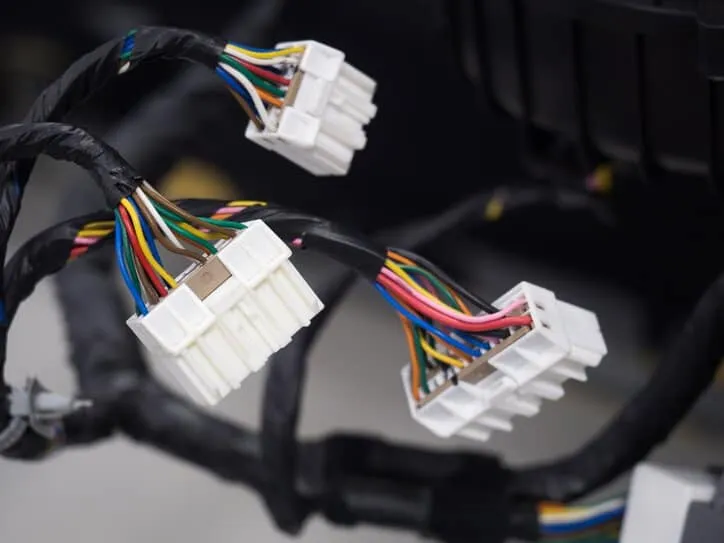ANSI C119.0-2022: Test Methods Common to ANSI C119

Testing for connector reliability is critical because a failing connector can lead to significant issues: device malfunctions, data loss, safety hazards, and disruptions in critical systems. It is therefore crucial to assure that connectors consistently perform under various conditions and withstand expected wear and tear throughout their lifespan. ANSI C119.0-2022: Testing Methods and Equipment Common to the ANSI C119 Family of Standards describes electrical and mechanical tests common to the ANSI C119 family of standards.
What Are the ANSI C119 Standard Series?
The ANSI C119 Standard Series provides requirements for electric connectors that are primarily used in utility applications—particularly for underground insulated connector systems rated at 600 volts. These standards primarily focus on the design and performance of electrical connectors used in power distribution systems and detail standardized testing procedures used to assure that connectors meet the required electrical and mechanical performance criteria. Essentially, the ANSI C119 family of standards covers the electrical, mechanical, and sealing aspects of these connectors.
The ANSI C119 Electric Connectors Series of Standards includes the following standards:
- ANSI C119.1 covers sealed insulated underground connector systems rated at 600 V for utility application
- ANSI C119.4 covers devices used to make electrical connections between aluminum-to-aluminum, aluminum-to-copper, and copper-to-copper conductors on distribution and transmission lines
- ANSI C119.5 establishes the electrical, mechanical and environmental test requirements for electrical insulation-piercing connectors
- ANSI C119.6 covers non-sealed, multiport connector systems rated 600 volts or less for aluminum and copper conductors
What Is ANSI C119.0?
ANSI C119.0-2022 covers methods and equipment for performing connector qualification tests common to the ANSI C119 family of Standards, which are used to establish performance characteristics of connectors used to join aluminum to-aluminum, aluminum-to-copper, or copper-to-copper bare and insulated conductors. This American National Standard provides guidance to organizations to perform tests required by the ANSI C119 standards and seeks to improve the inter-laboratory repeatability of the qualification of electrical connectors.
Tests that are unique to only one ANSI C119 product standard are not covered in this document and are described in the applicable product standard.
A complimentary copy of ANSI C119.0-2022 will be given with purchase of any ANSI C119 Standard.
Connector Qualification Tests
Connector qualification tests verify that a connector meets the required specifications and performance criteria before it is released to the market. These tests are conducted using standardized methods and the test procedures specified in ANSI C119.0-2022 include the current cycle test (CCT) and the Current cycle submersion test (CCST). The standard specifies that unless otherwise specified by contract, the conductors used in these tests should be unused and un-weathered.
Connector Reliability
Measuring how well a connector can consistently provide a secure electrical connection even when exposed to conditions like extreme temperatures, vibration, moisture, dust, or physical impact is essential to testing its reliability. Electrical and mechanical tests for connectors typically include the following: contact resistance measurement, insulation resistance test, dielectric strength test, insertion force test, withdrawal force test, vibration resistance, shock resistance, and durability testing. All these tests strive to evaluate the connector’s ability to maintain a reliable electrical connection under various environmental and mechanical stresses.
ANSI C119.0-2022: Testing Methods and Equipment Common to the ANSI C119 Family of Standards is available on the ANSI Webstore.






